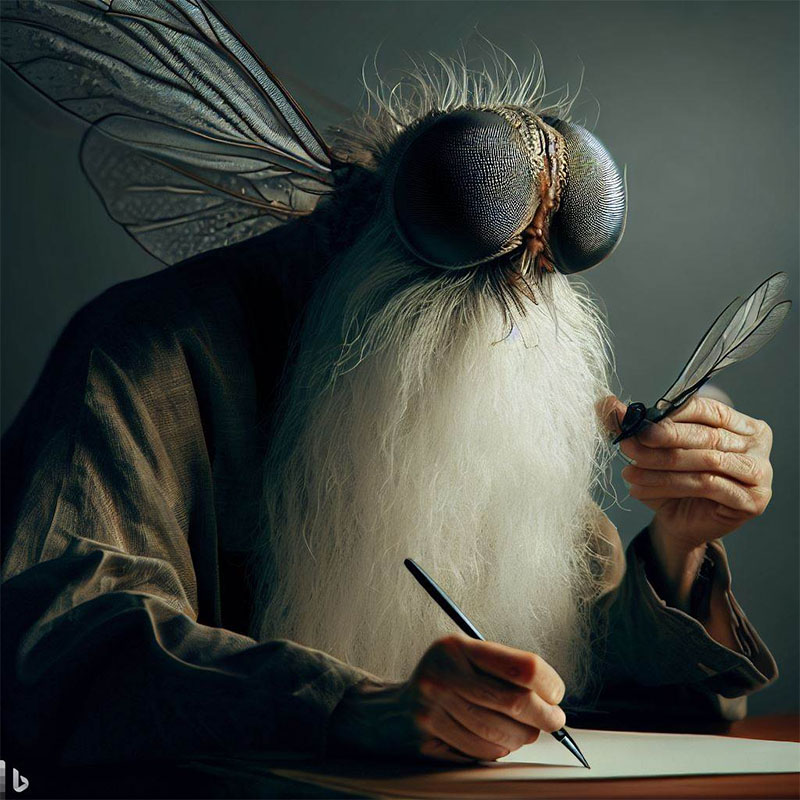 “What ever could life have been like before there was Tik Tok? Wasn’t everyone awfully, irremediably, bored to tears? And what was it like not having influencers for you to relate to?” These questions, when asked to any of us wizened over-thirty types, might elicit snorts and guffaws, but it merits more than a cursory inquiry. First, we might extoll the benefits of a pre-WiFi youth; we can gleefully recount lover’s lane escapades, free from the GPS tracking whereby parents can now record and follow their newly-licensed progeny. And we can note that making casual-yet-meaningful eye contact with a purported new beau was a whale of a lot easier.
“What ever could life have been like before there was Tik Tok? Wasn’t everyone awfully, irremediably, bored to tears? And what was it like not having influencers for you to relate to?” These questions, when asked to any of us wizened over-thirty types, might elicit snorts and guffaws, but it merits more than a cursory inquiry. First, we might extoll the benefits of a pre-WiFi youth; we can gleefully recount lover’s lane escapades, free from the GPS tracking whereby parents can now record and follow their newly-licensed progeny. And we can note that making casual-yet-meaningful eye contact with a purported new beau was a whale of a lot easier.
Nowadays the phrase “eyes up here” has less to do with florid mammaries or television tubes but more to do with that 2- to 5-inch-square screen down around the mid section. Smartphones induce literal navel-gazing as one hangs their head like a Soviet kangaroo court defendant about to own up to bogus charges. This makes actual human connection much more difficult—more dull, you might say. So in that way, life was far more stimulating in days of yore; every social moment was chalk full of interactive possibilities with other people who were actually there in real life (that’s RL for those of us who are a bit behind the times, lingo-wise).
Elections Coming Up, Then and Now
Relating to our youthful interlocutor is groovy times if we can take a moment to point out some historic similarities between the Tik Tok present and the analog past. For every “why do so many people distrust elections, experts, and science?” there’s a rejoinder that, throughout history, those that mouth truths that the rest of us are expected to swallow meet with varying degrees of blowback. Even President John F. Kennedy, often considered a high water mark for post war culture before meeting his untimely fate was first attacked by a man driving a car full of explosives. Why? The man had been led to believe that JFK was a Papist; that is, a harbinger of total external control of America by nefarious, Da Vinci Code, dark forces. Stand back Darth Vader, you ain’t got nothin’. Q-Anon, you too! Even at the height of white-bread-and-Mama’s benign smile Tupperware-Boomerdom childhood, many people held immense distrust for authority.
It may come part and parcel with being human and thinking, that some will think less of those with power and control and the production of knowledge than others, but one thing is certain: with industrial modernity comes a heightened level of fear and distrust of authority. Life’s more alienating, more anonymous, and more bewildering—after all, how many of us can explain the technologies and economies we use on a daily basis?
Modernity has, sociologically speaking, been around since at least (no coincidence) daily temperature readings were recorded for posterity: 1880 or so. And democratic elections in many places have involved universal suffrage in the English-speaking world for, at most, a century (and only a few decades for our shamefully-mistreated Indigenous women colleagues). Where things matter most, politically, life hasn’t had a total overhaul. And neither have abated the grumbling and indignation about how a usurious they have influenced, meddled, and gerrymandered vote tallies. Scapegoating an entitled Other isn’t merely the domain of therapy attendees, after all; such behaviour is a social science staple.
Our Friends On The Rock and Labrador
Take Newfoundland and Labrador. The days are waning, its true, that older folks are around to say “when I was your age, Newfoundland wasn’t a province of Canada”. Nevertheless, with apologies to Nunavut (an actual equivalent for many of us who were only recently out of high school when it became a territory), The Rock entered Confederation during the glow of the late 1940s (has Dwayne Johnson been there? Too bad the CFL lacks a franchise in St. John’s or he might have visited during his football playing career). A war to vanquish evil had been won but, alas, Newfoundland was particularly bankrupt beyond repair. The United Kingdom, Newfoundland’s erstwhile master, was seeking to divest itself of as many colonial millstones as possible as it faced its own paucity of funds, encouraged Newfoundland to run off and play with their logical Anglo friends in British North America. Without further ado, a referendum was commissioned.
Prime Minister Mackenzie King, known to historians wishing to make a Bruce Willis movie reference not least of which for the serious conversations he carried on with his deceased Mother (and, if you follow Robert Kennedy the Second (RFK Jr, nephew of JFK) you know that perhaps such goings-on aren’t so unusual), hatched an incentive that would make even the portliest of spring chicken blush. King “offered Newfoundland $15 million in new capital and the absorption of most of Newfoundland’s debt if the colony joined Canada.” Nevertheless, cultural pride won out over sheer money (after all, most folks rightly figured that they wouldn’t see any benefit from a bailout of their economic superiors who ran the show – sound familiar, 2008?). The totals on June 3rd of 1948 were: “the responsible government option received 44.6 percent of the vote. Confederation received 41.1 percent and the Commission Government (colonial status) option received 14.3 percent.”
Responsible government, also the path Canada took that led to full sovereignty, not unlike a youth being first responsible for an automobile and then, much later, being given the actual ownership of said vehicle, had won the first referendum. Who doesn’t want their own autonomy?
The powers that be, that’s who. Seeking a fresh start so that the war debts could be fully forgiven, they weren’t pleased. Likely seeking also to not foment independent impulses elsewhere in Canada (Quebec we know about but let’s not forget that Canada’s only bona fide Civil War rebellion happened in the pre-Neil Young Red River area in Manitoba). In fine Anglo-Irish tradition the ruling class called a Mulligan – winnowing the field, like in the NHL playoffs. “When no option won a clear majority in the first vote, elites decided to hold a second vote between the top two options.”
Only two choices remained on the ballot but, if you’ve followed elections in any country over the years, the votes of the third contender tend to not be divvied up in random fashion. It was a little hard to say whether those “Commission Government” votes would transform into “Make Canada our new Colonial master”. Would people prefer Canada to be in charge, or choose independence? Move over rover, it was time for pre-Tik Tok social influencers to take over.
Over in the land of tea and crumpets the ruling class, keen to divest themselves of their Newfoundland brethren forthwith and at any cost, “decided to emphasize the role played by the Roman Catholic Church in the first referendum, and so swing Protestant votes to confederation. In early July, as a result of confederate pressure, the Provincial Grand Lodge of the Loyal Orange Association issued a circular letter to all members. It cited the role played by the Roman Catholic Church, condemned “such efforts at sectional domination”, and warned Orangemen of the dangers of such influence, which they should resist.”
And then there were the Americans. Air Force connections at the useful Gander Airfield (most recently a symbol of Stars-and-Stripes affinity when many passenger planes were grounded there after the 9/11 terrorist attacks) meant that Newfoundlanders “felt for the United States none of the disdain it held for Canada, stretching back to the financial crisis of the 1890s, and none of the scorn it shared for its British debtor overlords.” The stars and stripes were on the wall: a sovereign Newfoundland just might shack up with Maine and become a US state. Inevitably, “Ottawa and London did their best to nudge Newfoundland toward Canadian union.”
Lo and behold, the second vote totals were: “Confederation with Canada received 78,323 votes (52.34 percent) and self-government got 71,344 (47.66 percent).” Sharp divisions between regions and within families arose and the familiar “we have never been so riven by conflict” hue and cry emerged.
Clearly, Tik Tok or no, the superficial and flighty and impassioned and indignant culture of pamphlets and propaganda is common to modernity as a whole. And, likely as a lollipop, youth who suspect that theirs is an experience intrinsically different than all who came before, are a little out to lunch. But, to be fair, if they are out to lunch they now have a whole cadre of online stranger brethren with whom to commiserate and thus hold their beliefs together, come what may. Then again, isn’t fellowship with like minds with occasional forays into the broader body politic the nature of political organizing, not to mention society, as a whole?
AU, happily, is a vortex through which our minds may pass—ideally to be cleansed of that which reduces our authenticity index all while maximizing our fulfilling experience of life and culture. After all, while fashion trends and political predilections come and go, that diploma or degree will truly be with you for a lifetime!

